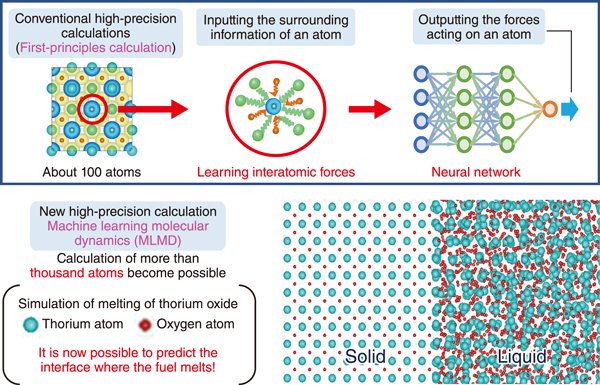
Fig.1 Schematic of machine-learning molecular dynamics
Understanding the high-temperature characteristics of nuclear fuel materials, such as specific heats and melting points, is vital for the use of nuclear power and its R&D (Research and Development). However, since gathering comprehensive high-temperature data is a difficult task, there is a need for accurate atomic-level simulations. However, the traditional approach presents a dilemma: accurate first-principles calculations are computationally demanding, while low-cost classical molecular dynamics (MD) simulations may lack precision. In this research, we used machine-learning molecular dynamics (MLMD) to overcome these limitations. MLMD integrates the high precision of first-principles calculations with the affordability of the classical MD simulations.
We studied thorium oxide, a potential next-generation nuclear fuel, using MLMD. In MLMD approach, first-principles calculations are performed for thousands of different atomic configurations. Then, a neural network (NN) learns the interatomic forces required for MD calculations (Fig.1). NN-based MD simulation allows us to implement the large-scale simulations needed to evaluate the high-temperature characteristics of thorium oxide with a drastically reduced computational cost. Using this approach, we accurately reproduced the high-temperature properties such as specific heat and melting points.
MLMD enables large-scale and highly accurate MD simulations, facilitating atomic-level calculations of nuclear fuel materials. This method predicts the state of nuclear fuel under normal operation conditions, as well as at high temperatures such as those encountered during severe accidents. MLMD technique can be applied to a variety of fuel types, including thorium, uranium, and mixed oxide (MOX) fuels. We aim to expand our research to these materials in the future.
This study was partly supported by JSPS KAKENHI Grant-in-Aid for Scientific Research(C) (JP18K05208) and Grand-in-Aid Scientific Research(C) (JP18K11345).
(Keita Kobayashi)
<Previous: 6 Computational Science and E-Systems Research | Next: 6-2>